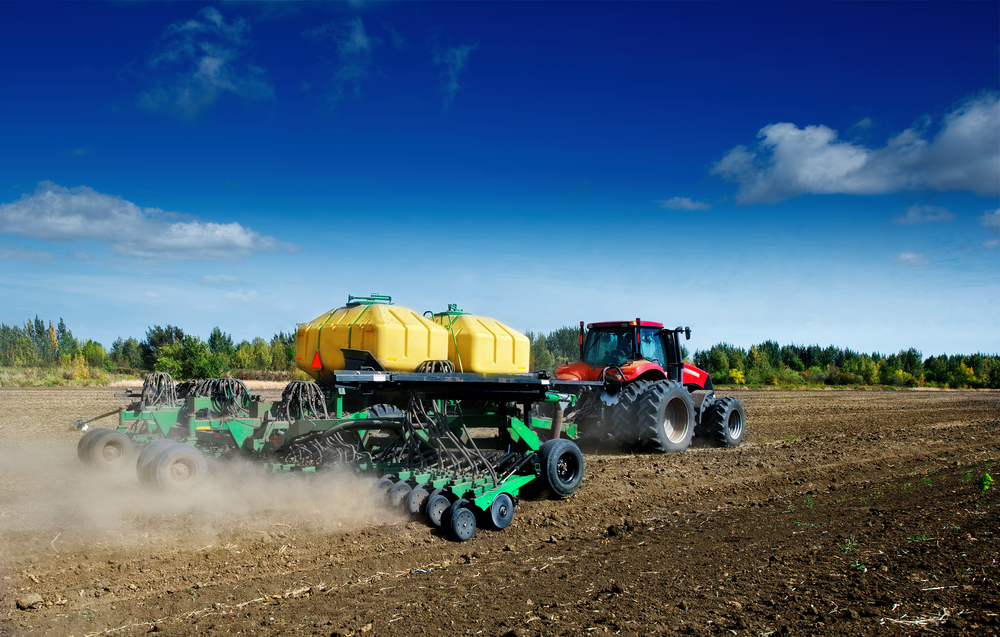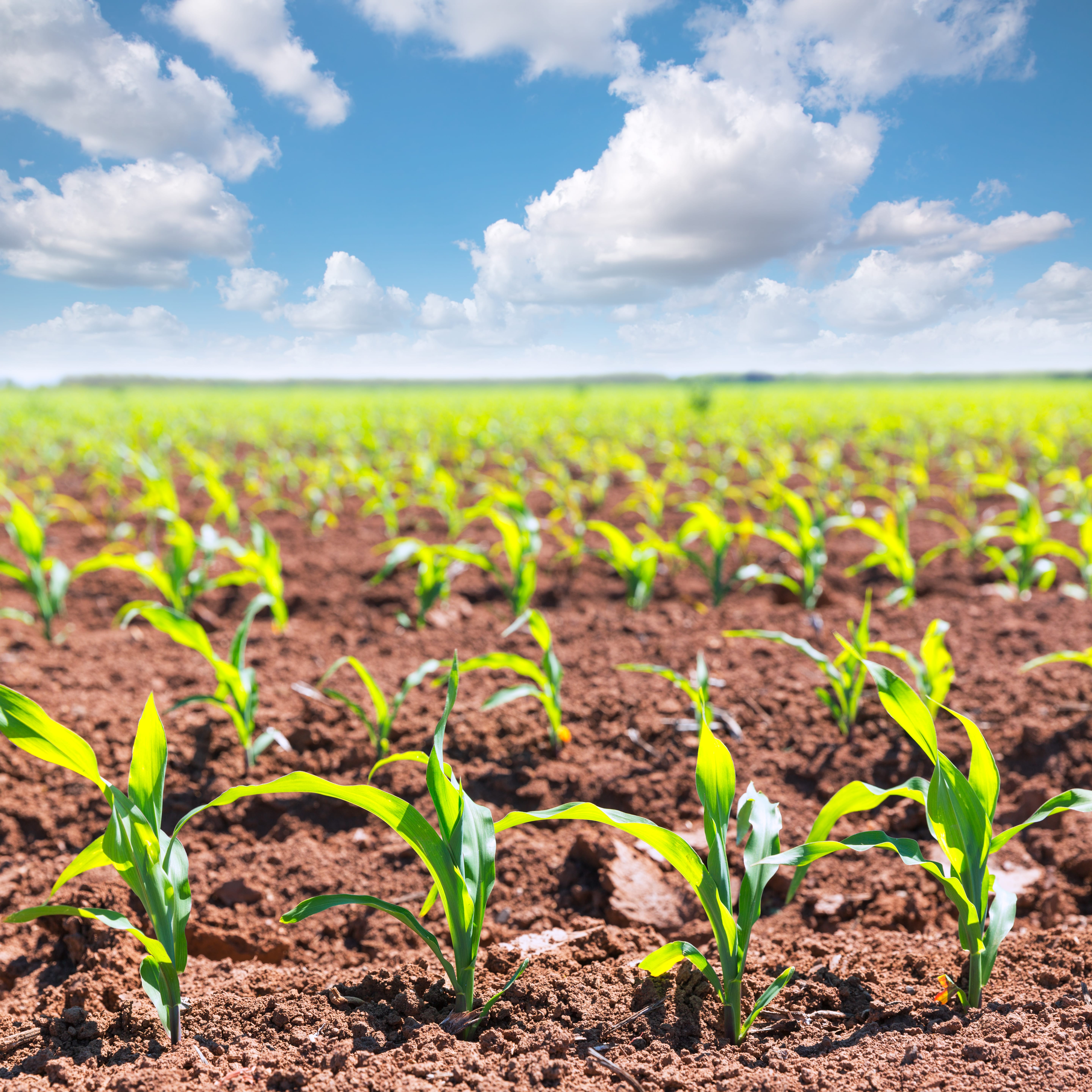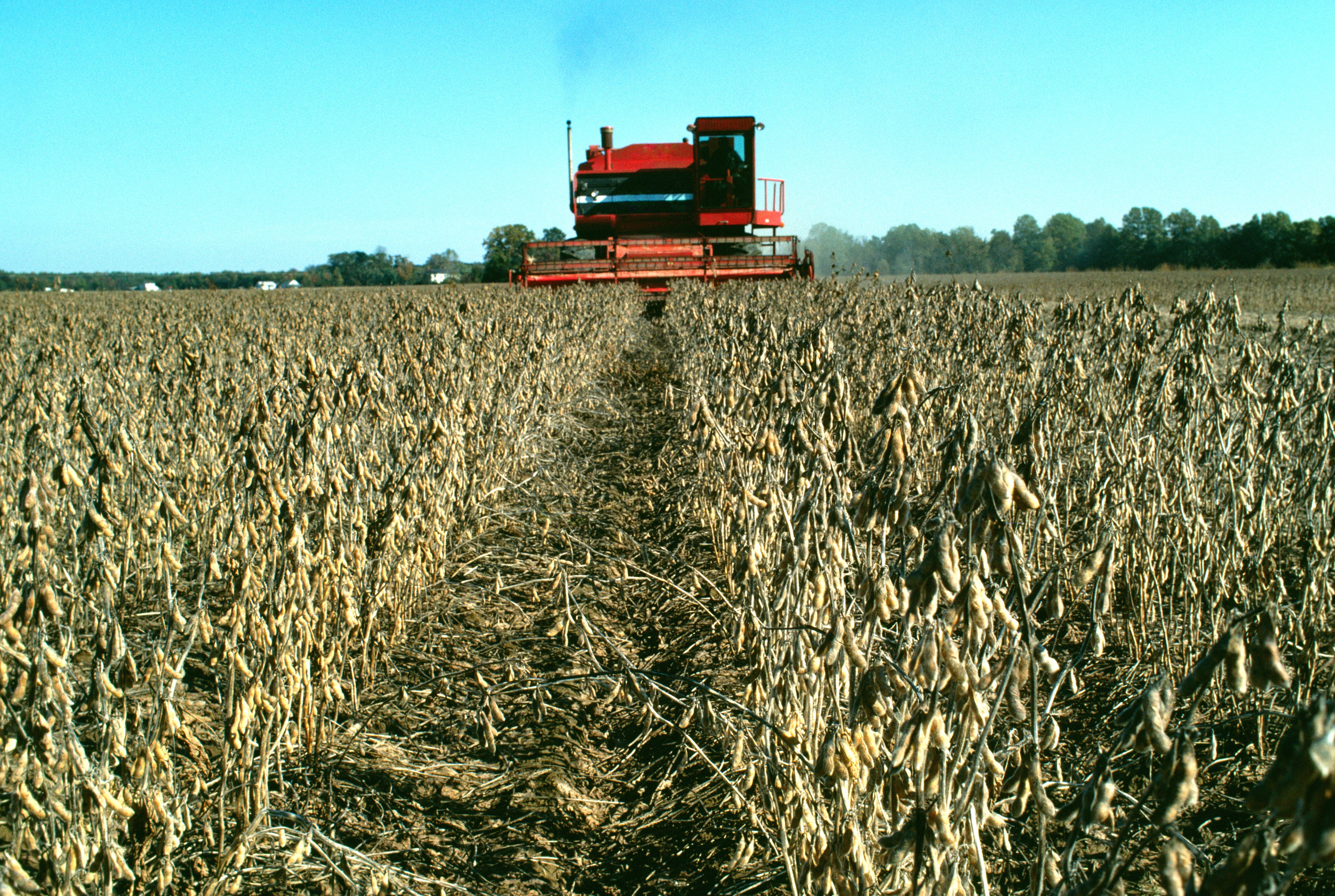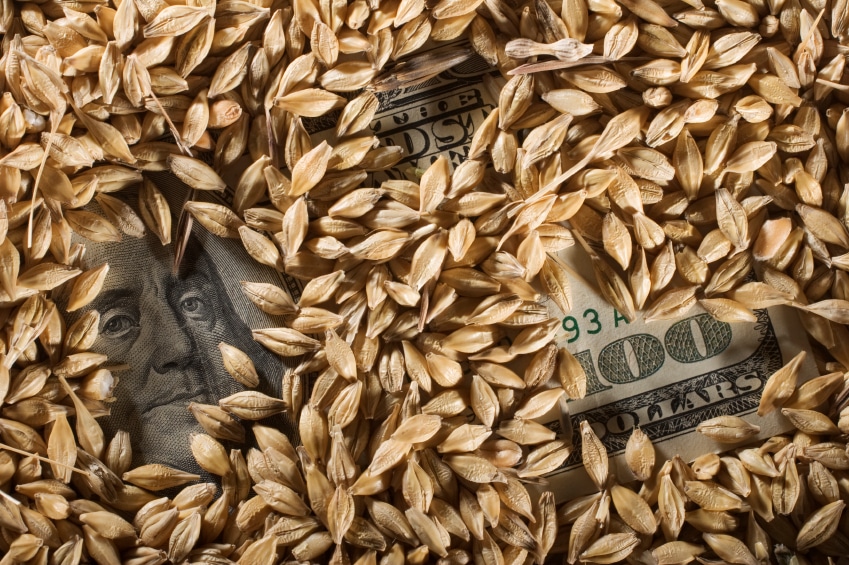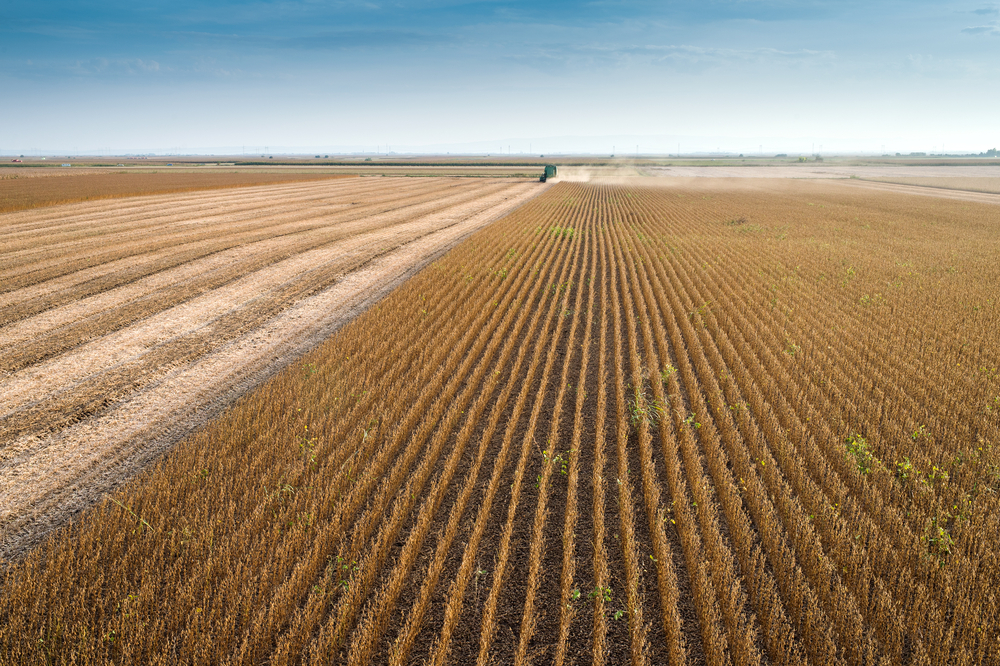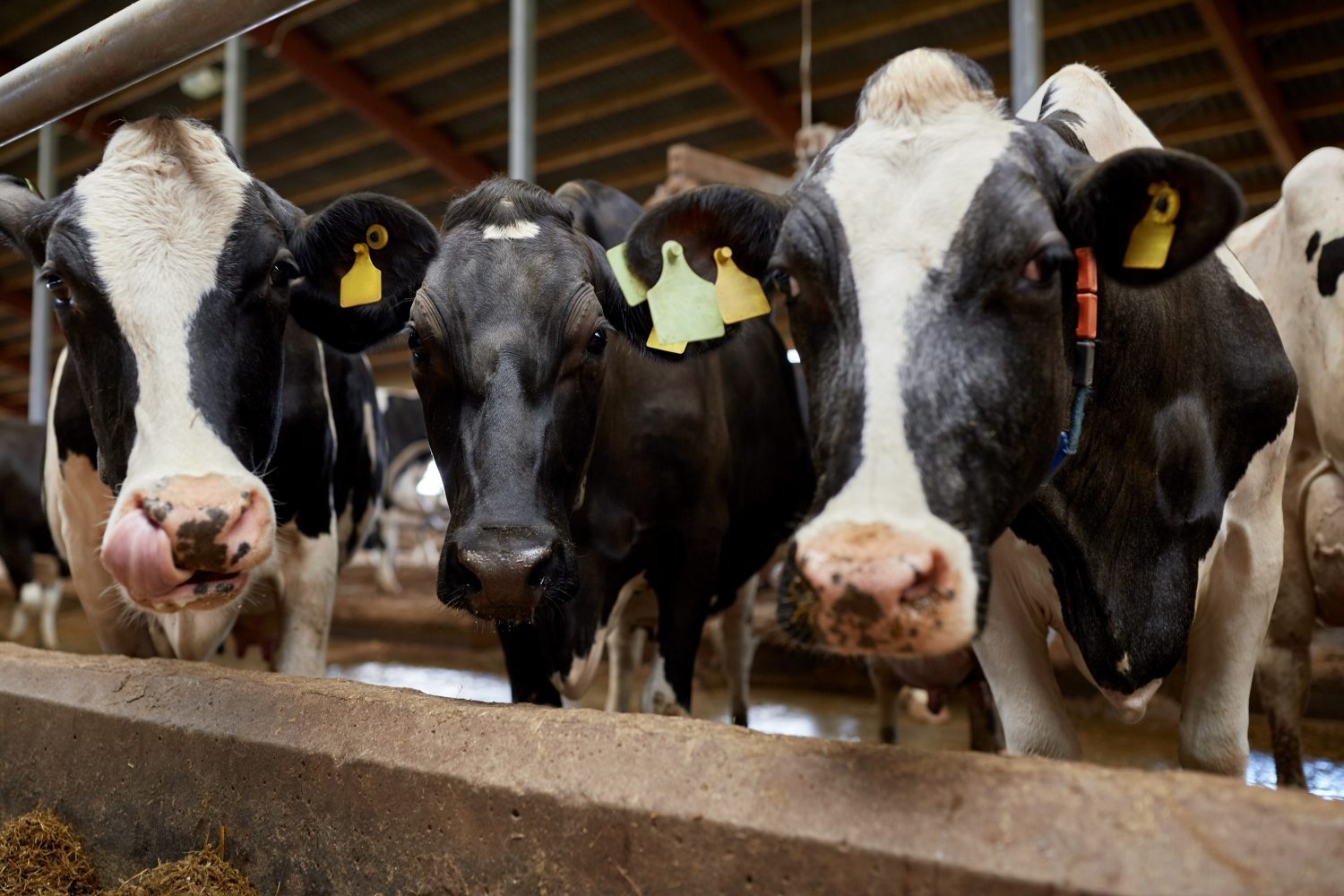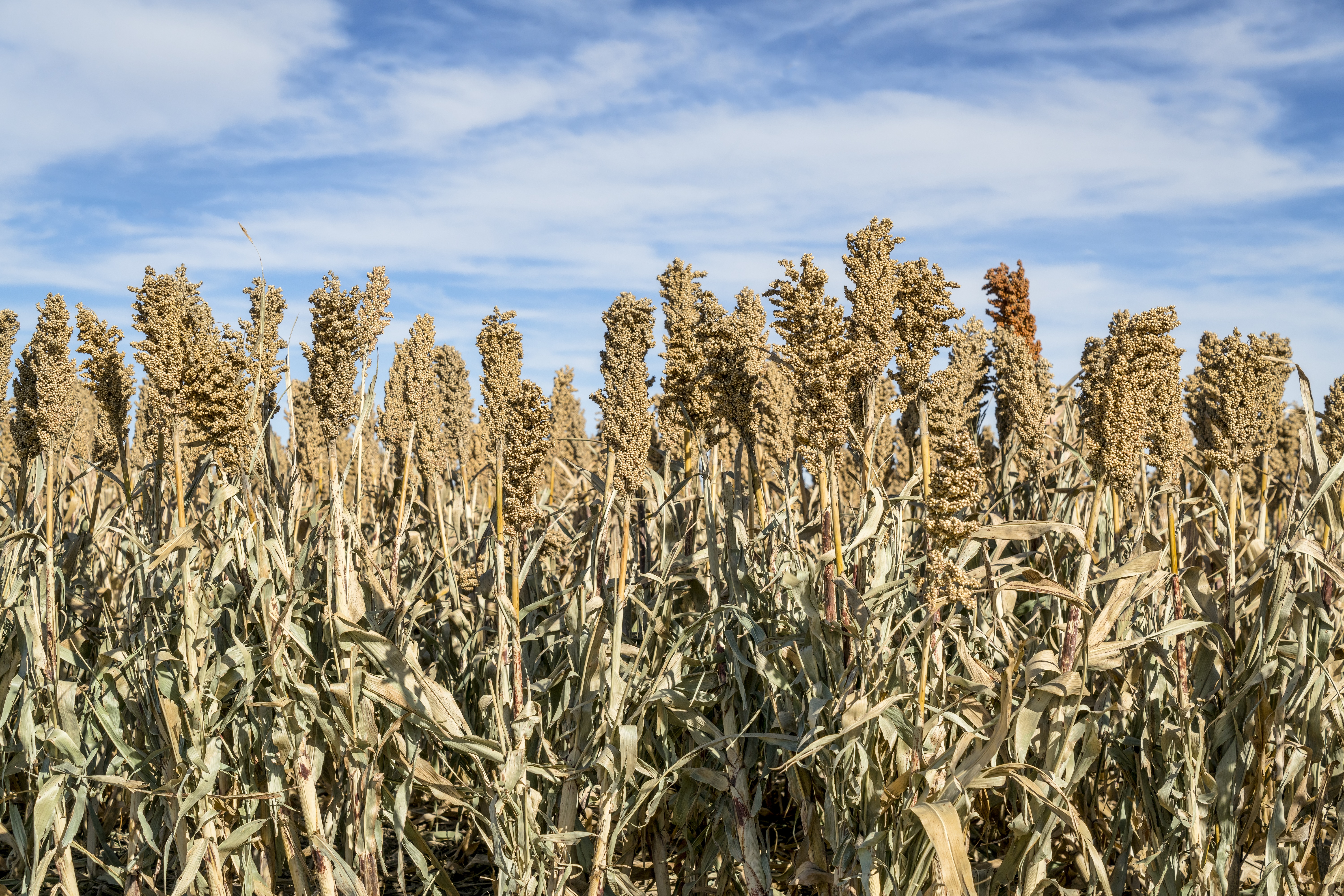Still Plenty Of 2020 Seed To Be Delivered To The Farm
There’s still plenty of corn and soybean seed that has yet to be delivered to the farm, according to a recent polling of the AgPro audience.
Combining results from an AgProfessional.com poll with a Twitter poll, there were 76 respondents. 40% say they have more than 61% of their seed yet to deliver. Only 16% reported they have less than 20% in their warehouse still.
The polls were conducted at the end of March just as social distancing was being encouraged and many retailers implemented policies to minimize in-person contact.
The Ag Retailers Association has been working to ensure that the input supply chain was deemed essential and ag retailer could continue to operate with exemptions to local and state restrictions being put in place to stop the spread of the coronavirus. ARA’s president and CEO says ag retailers are doing everything they can to get the 2020 growing season off to a strong start.
“They're still doing everything they possibly can to serve those growers,” Coppock says. He shares these examples:
- Retailers asking farmers to call in advance so they can have pick up orders ready for them without requiring face-to-face interaction
- When picking up/dropping off, people keeping their distance from one another
Nutrien’s Mike Frank said on AgriTalk, “we've got fertilizer in our sheds, we are delivering seed, and wherever we can we're trying to get product out to the farm.”
Some are advising farmers to get all of the inputs they’ll need through May on their farm if they have the storage capacity.
Ninety percent of farmers and ranchers say they expect COVID-19 to impact their businesses, according to The Coronavirus Impact Study, conducted by Farm Journal March 16-24.
